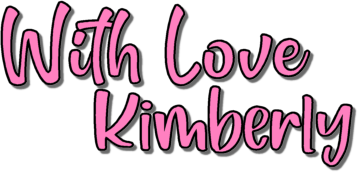We all want to provide a healthy life for our children and many of us will take steps actively to achieve that, through their diet, fitness, and otherwise. However, accidents and injuries can happen in the home as easily as elsewhere. For that reason, you should make sure that you’re both equipped and prepared to apply a little first aid at home. Here are a few wounds you should be ready to help with.
Sprains and Strains
Sprains affect ligaments, such as wrists and ankles, while strains affect muscles. The symptoms of both can feel very similar, so it can be hard to tell them apart at first. Make sure that you rest the affected area and use ice or a cold pack, holding it there for 20 minutes up to 8 times a day. If the injury doesn’t start to feel better within a day or if there is any chest pain or trouble breathing, you should see a doctor.
Nosebleeds
Either due to a smack to the face or other issues, nosebleeds are fairly common and usually not as bad as they look. Tilt the head forward, not back as they used to recommend frequently, and hold a tissue or washcloth to the nose, gently closing it to stop the bleeding for ten minutes. If 20 minutes pass and the bleeding won’t stop or there is a lot more blood than you have seen for a nosebleed, or if the person with the nosebleed feels faint, you should see a doctor.
Cuts and Scrapes
While they might seem like the most basic wounds, any open cuts or scrapes that break the skin also have a relatively high chance of infection. As such, ensure that you wash your hands before you do anything, and use a wound care kit with a gauze pad to put pressure on the wound and stop its bleeding. Once the bleeding is over, rinse it under cool running water or use a first aid wound rinse.
Bites and Scratches
When it comes to animal bites from things like dogs or cats, you want to see a doctor no matter what, but treat the wound as you would with a cut or scrape. For insect stings, try to remove the sting gently to prevent it from spreading venom into the area, then wash around the area with soap. Calamine lotion is great for treating the pain, while cold packs can reduce swelling.
Burns
If the burn is larger than 2 inches, on the hands, feet, face, or over a joint, or if it looks white or charred, you should see a doctor as it is likely to be a third-degree burn. For first-degree or small second-degree burns, place it under cool running water and apply the antiseptic spray, aloe vera, or antibiotic ointment to the area before loosely wrapping gauze to it.

If you face anything that’s more serious or complex than mentioned above, don’t try to do it all alone. Get medical help when you need to and follow their advice on the phone.





